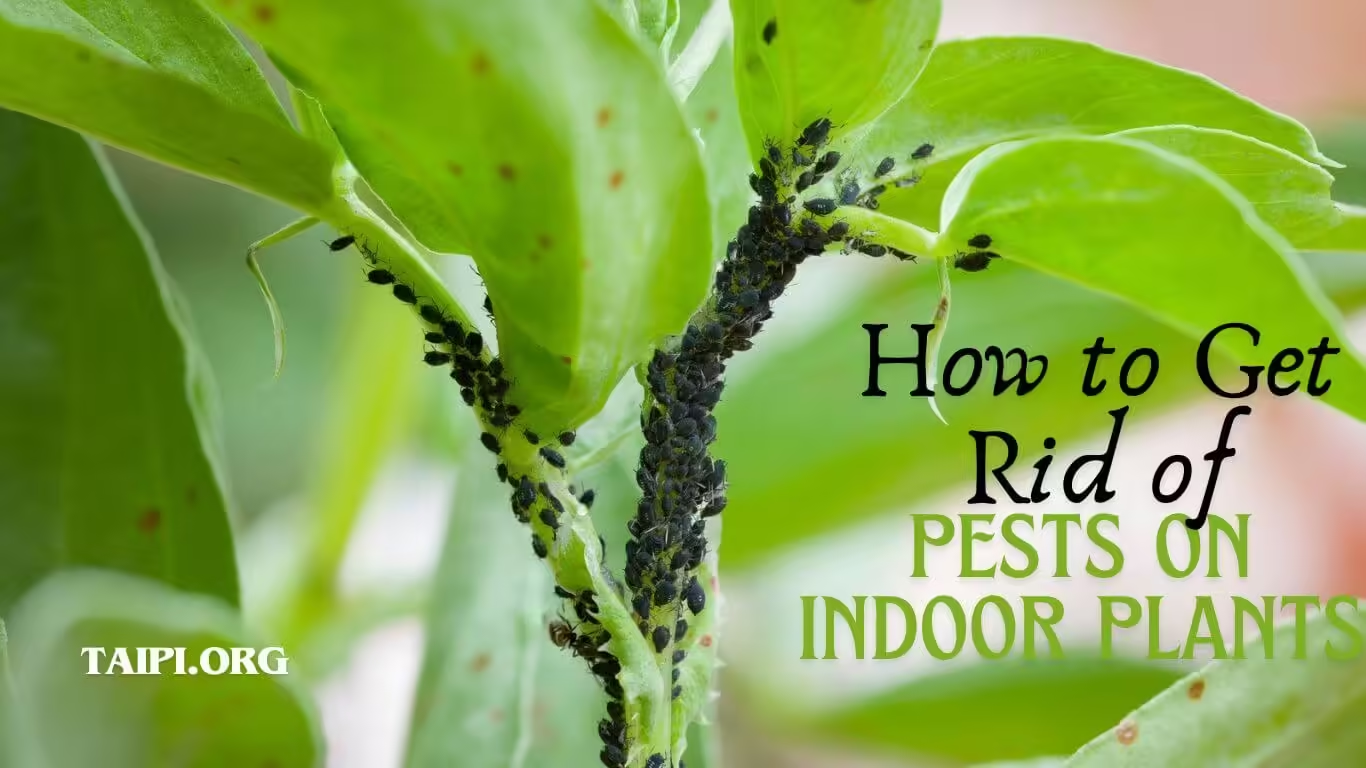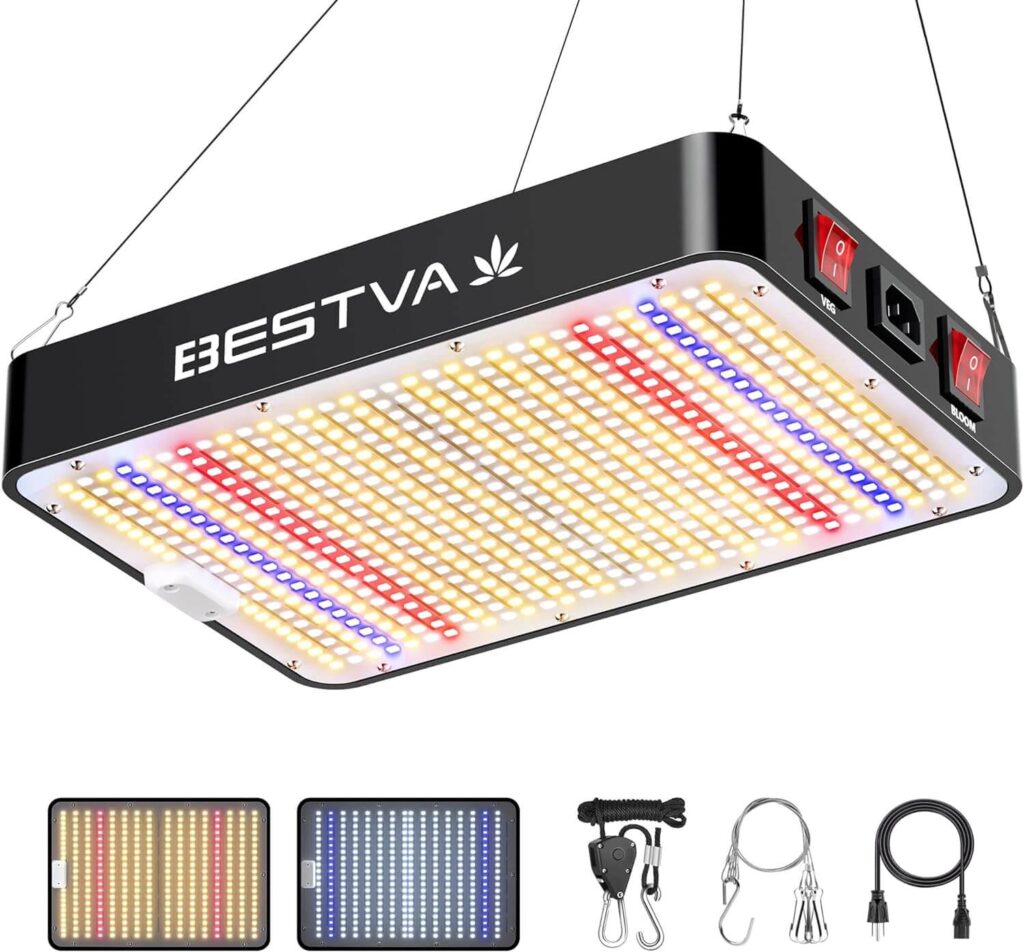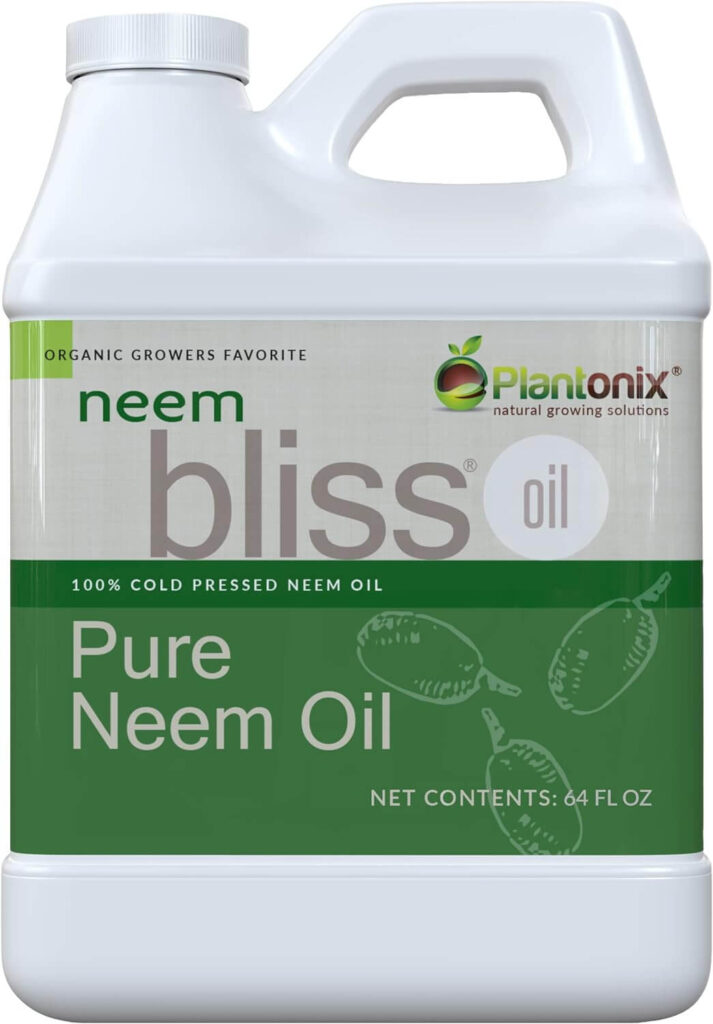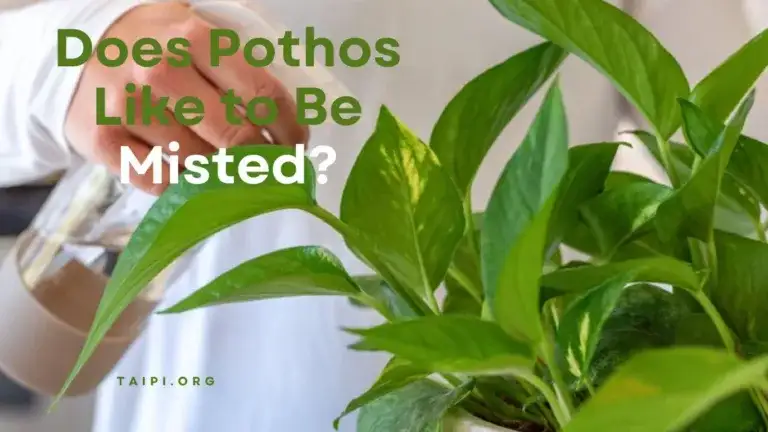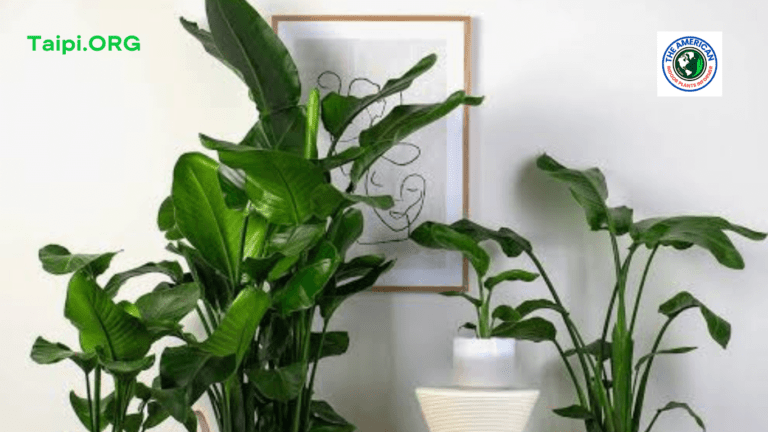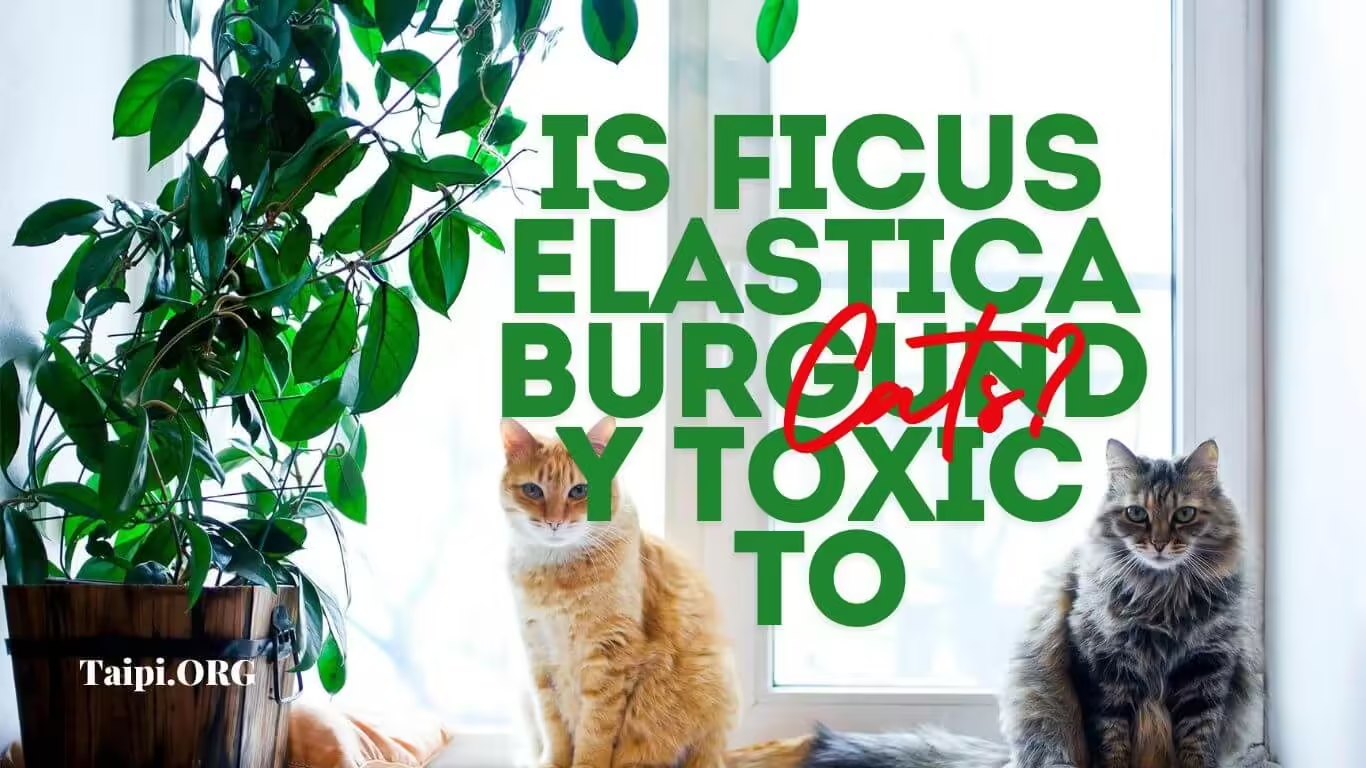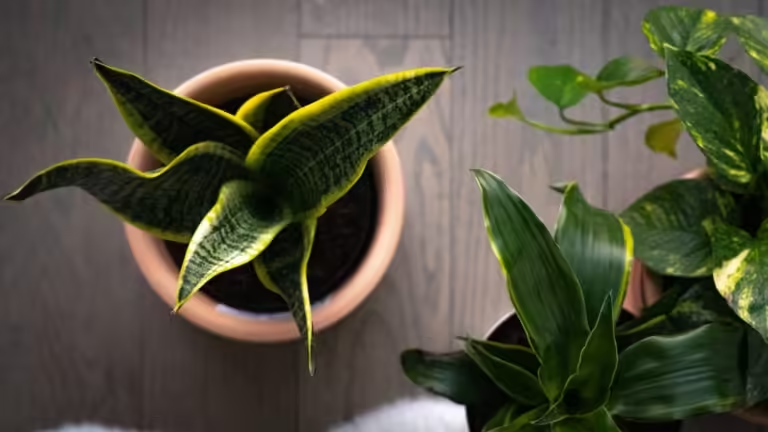How to Get Rid of Pests on Indoor Plants
PICTURE THIS: vibrant foliage, cascading vines, and bursts of colorful blooms adorning every corner of your home. Indoor plants have the power to transform living spaces into tranquil sanctuaries. However, the presence of pests can quickly turn this green dream into a nightmare. But how do you get rid of pests on indoor plants, thus saving your indoor buddies?
Fear not! In this comprehensive guide, I equip you with the knowledge and strategies needed to banish pests from your indoor plants and reclaim your green haven.
Here’s what I’ll cover in this article:
- Understanding indoor plant pests
- Prevention: the first line of defense
- Nurturing plant health for resilience
- Natural remedies: nature’s pest control arsenal
- Harnessing the power of beneficial insects
- Organic pesticides: The last resort
- Vigilance and swift action
Understand Indoor Plant Pests
The first step in getting rid of pests on indoor plants is to understand the pet(s) you are dealing with. Indoor plant pests come in various shapes and sizes, from microscopic spider mites to pesky aphids and scale insects. Understanding their behavior and lifecycle is crucial for effective pest management.
You can implement targeted control measures by familiarizing yourself with the signs of infestation and pest identification.
Common Indoor Plant Pests, Their Descriptions, and Mode of Action
Indoor plants are susceptible to various pests, each with its distinctive appearance and mode of action. Understanding these pests is crucial for effective pest management.
Here are descriptions and behaviors of some common indoor plant pests:
Aphids
Description: Aphids are small, soft-bodied insects with various colors, including green, black, and red. They often cluster on new growth, undersides of leaves, and tender stems.
Mode of Action: Aphids pierce plant tissues with needle-like mouthparts to feed on sap. They reproduce rapidly, leading to large infestations that can cause stunted growth, distorted leaves, and the spread of viral diseases.
Related: How to Get Rid of Aphids on Indoor Plants
Spider Mites
Description: Spider mites are tiny arachnids that are difficult to see with the naked eye. They usually appear as specks or webs on the undersides of leaves.
Mode of Action: Spider mites feed by piercing plant cells and sucking out the contents. Their feeding activity causes stippling or yellowing of leaves, webbing, and leaf drop. They thrive in dry conditions and can quickly multiply, leading to widespread damage.
Mealybugs
Description: Mealybugs are small, soft-bodied insects covered in a white, waxy substance. They often congregate in cottony masses on stems, leaf undersides, and leaf axils.
Mode of Action: Mealybugs feed by piercing plant tissues and sucking out sap. Their feeding weakens plants and causes stunted growth, yellowing of leaves, and honeydew secretion, leading to sooty mold growth.
Fungus Gnats
Description: Fungus gnats are small, dark-colored flies that resemble mosquitoes. The adults are attracted to damp soil and can often be seen hovering around plants.
Mode of Action: Fungus gnat larvae feed on organic matter and plant roots in moist soil. Their feeding can cause root damage, leading to poor plant growth and susceptibility to other pests and diseases.
Scale Insects
Description: Scale insects appear as small, oval-shaped bumps on plant stems and leaves. They can vary in color and size depending on the species.
Mode of Action: Scale insects use needle-like mouthparts to pierce plant tissues and feed on sap. They secrete a protective waxy covering, making them difficult to control. Heavy infestations can cause yellowing leaves, stunted growth, and weakened plants.
Prevent Your Indoor Plants from Pests
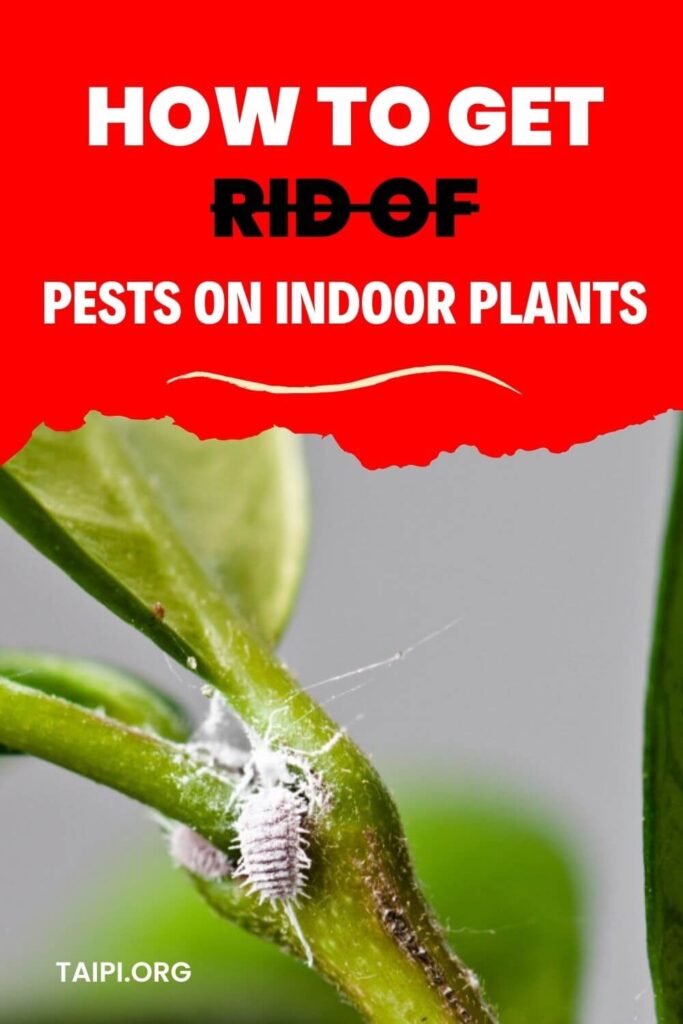
Prevention is key to maintaining a pest-free indoor garden. Start by inspecting new plant acquisitions before introducing them to your home.
Always quarantine new plants to monitor for signs of infestation before integrating them with your existing collection.
Additionally, maintain proper plant hygiene by removing dead or diseased foliage and avoiding overwatering, which is the main cause of common problems in indoor plants.
Nurture Your Plants’ Health for Resilience
Healthy plants are better equipped to withstand pest pressures. Provide your indoor plants with optimal growing conditions, including adequate light, proper watering, and balanced nutrition.
I recommend BESTVA 2024 Newest Upgrade 1000W Led (pictured ⬆) for indoor plant lighting.
Regularly fertilize your plants to promote vigorous growth and strengthen their natural defenses against pests and diseases.
Use Natural Remedies: Nature’s Pest Control Arsenal
Nature offers a plethora of safe and eco-friendly remedies for pest control. Neem oil (pictured ⬇), a potent botanical extract, is effective against many pests while gentle on plants.
Dilute neem oil with water and apply it as a foliar spray to combat pests. Natural remedies like garlic and chili pepper sprays can also deter pests without harming your plants.
Harness the Power of Beneficial Insects
Beneficial insects are nature’s allies in the fight against pests. Ladybugs, predatory mites, and parasitic wasps are voracious predators that can help keep pest populations in check.
Introduce these beneficial insects into your indoor garden to establish a natural balance and reduce the need for chemical interventions.
Organic Pesticides: The Last Resort
In severe cases of pest infestation, organic pesticides may be necessary to control pest populations. However, use these products sparingly and as a last resort, as they can also harm beneficial insects and disrupt the ecological balance of your indoor garden.
Choose organic pesticides derived from botanical extracts, such as pyrethrin or insecticidal soap, which are less environmentally harmful.
Stay Vigil and Take Swift Action
Regular monitoring is essential for early detection of pest infestations. Inspect your indoor plants regularly for signs of pest activity, such as yellowing leaves, distorted growth, or visible pests.
If you detect any signs of infestation, take swift action by quarantining affected plants and implementing targeted control measures to prevent the spread of pests to other plants.
My Final Words on How to Get Rid of Pests on Indoor Plants
With a proactive approach to pest management and a toolkit of effective strategies, you can ensure your indoor plants thrive in a pest-free environment.
By understanding indoor plant pests, implementing preventative measures, nurturing plant health, and utilizing natural remedies, you can create a green haven where plants flourish and pests are kept at bay.
Remember, vigilance and swift action are the keys to maintaining a thriving indoor garden for years.

